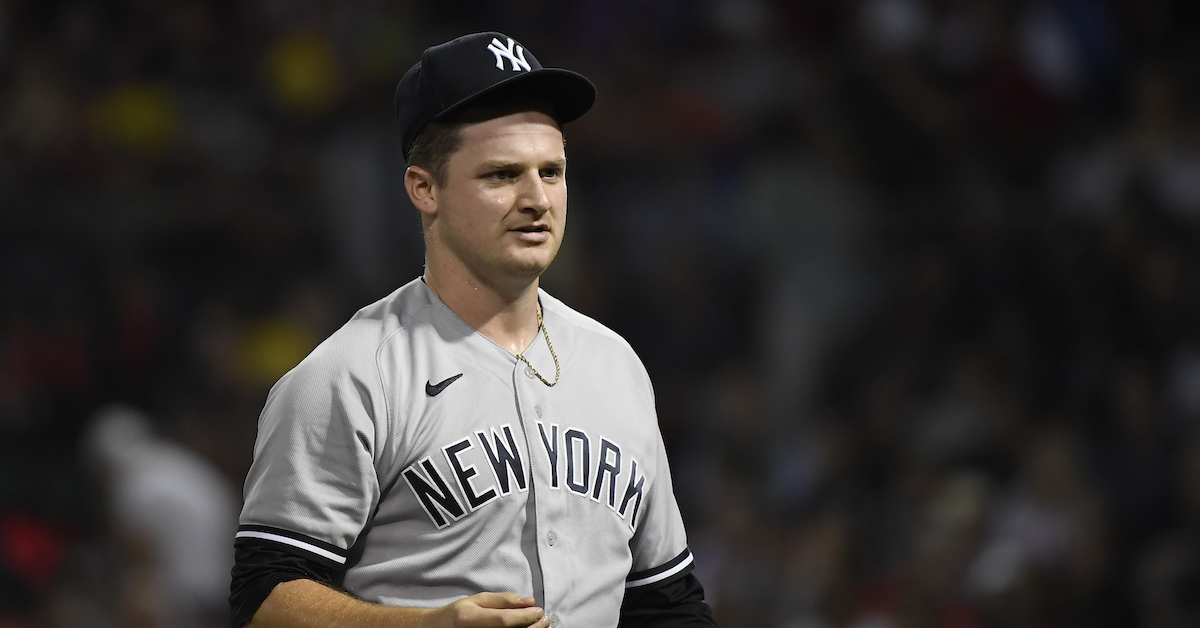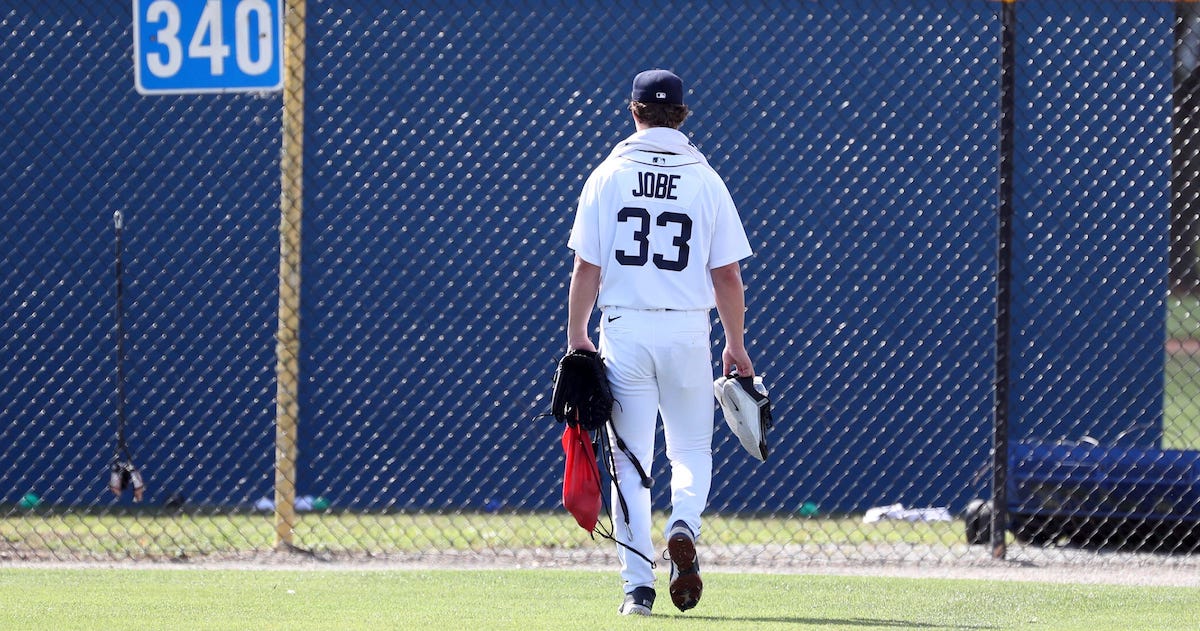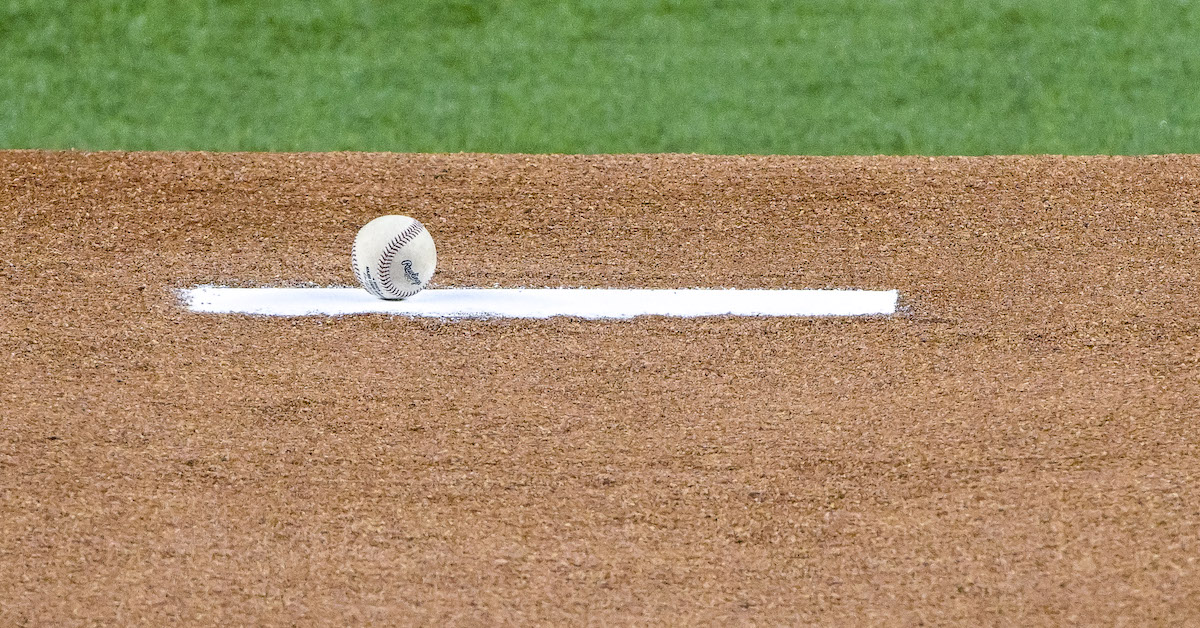Rays Prospect Kyle Manzardo Continues to Mash

Kyle Manzardo was one of the best hitters in the minors this year. Among players with at least 300 plate appearances, only San Francisco Giants prospect Vaun Brown logged a higher wRC+ (175 compared to 173) or wOBA (.464 compared to .450). A 22-year-old first baseman in the Tampa Bay Rays system, Manzardo put up his numbers over 397 PA, a hamstring injury having kept him out of action from mid-April until mid-May. Playing with High-A Bowling Green and Double-A Montgomery, he slashed a combined .327/.426/.617 with 22 home runs.
Manzardo began honing his hitting skills in a state that has produced just 32 major leaguers. Born and raised in Coeur d’Alene, Idaho, the 6-foot-1, 205-pound left-handed hitter went on to play college ball at Washington State University, where he did what he does best: square up baseballs. In three years with the Cougars, Manzardo batted .330 with an OPS north of 1.000. That he lasted until the back end of the second round of last year’s draft was both positionally predictable and unexpected.
“I was a little surprised that it was the Rays,” admitted Manzardo, who went 63rd overall. “I hadn’t had a ton of contact with them, although I did do a Zoom meeting right before the draft. I was kind of expecting to go towards the end of the third round. That’s kind of what I’d been hearing.” Read the rest of this entry »





